Write Us
We are just a call away
[ LET’S TALK AI ]
X
Discover AI-
Powered Solutions
Get ready to explore cutting-edge AI technologies that can transform your workflow!

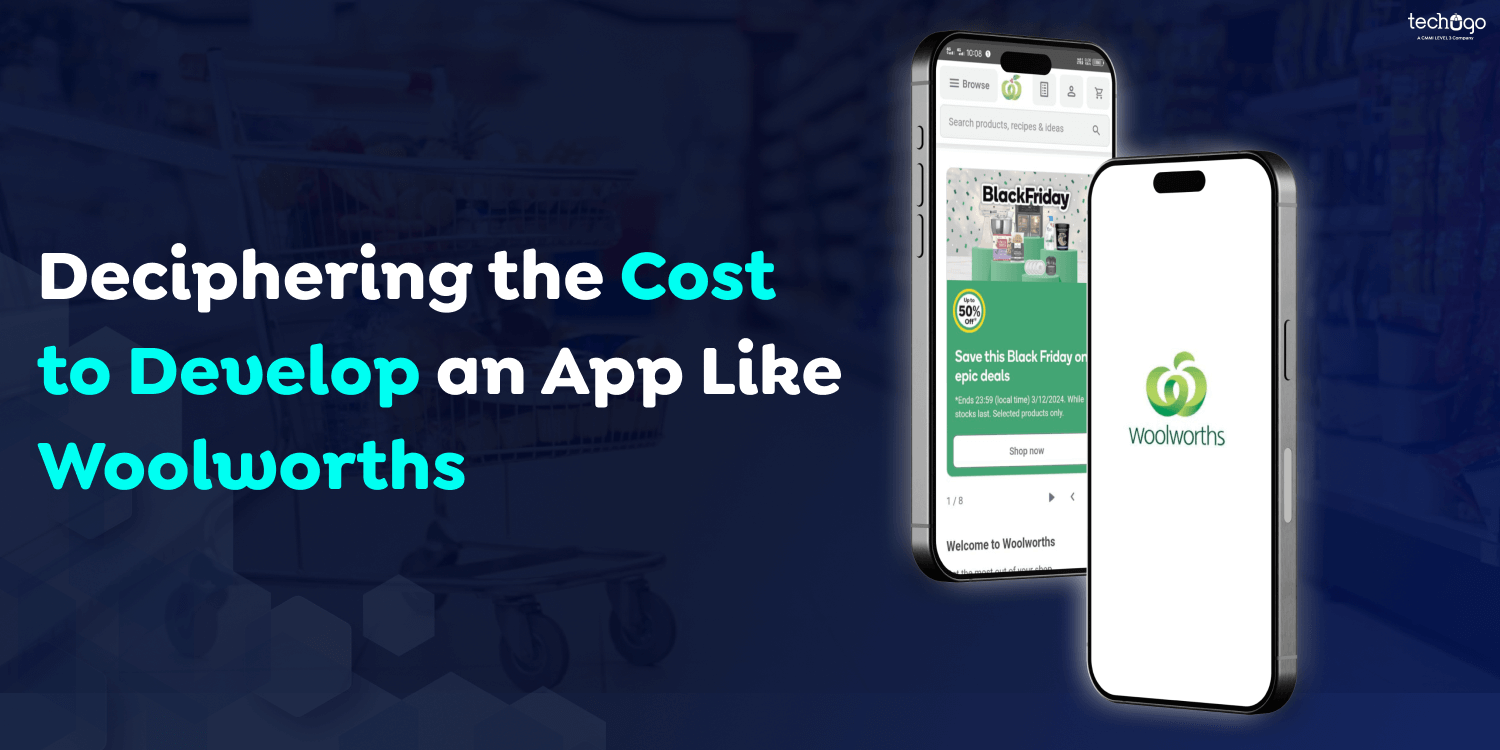
With the growing demand for online shopping and the increasing popularity of effective delivery services, investing in a delivery service can dramatically improve your business’s performance. In fiscal year 2025, Woolworths Group had an overall e-commerce revenue of 7.96 billion Australian dollars, an increase over last year. If you’re a business owner who wants to provide an omnichannel customer experience, how do you create an app for delivery to retail stores similar to Woolworths?
This blog will discuss the most important aspects and financial commitments required for the development of a retail delivery application like Woolworths. By grasping these aspects and planning accordingly, you can prepare for an app launch that meets the needs of today’s market and anticipates future trends. Let’s look into the specifics!
Woolworths is the largest Australian supermarket company, also called “Fresh Food People” in the nation. They employ more than 114,000 employees to ensure a high-quality range, variety, value, and convenience for their customers. They wanted to find ways to test their ideas before making a significant decision because they envisioned a way to most effectively represent their customers with their smaller-format stores.
This groundbreaking working method utilized rapid prototyping, allowing Woolworths to bring a brand-new product to market quickly. This allowed Woolworths to try out new ideas with customers in real-time and gain feedback. In-store consumer research offered insight into shoppers’ buying habits in small-format stores, which differ from those of shoppers who shop in conventional supermarkets. The team decided to change their strategy upon finding that payments and queues weren’t a problem at the shop.
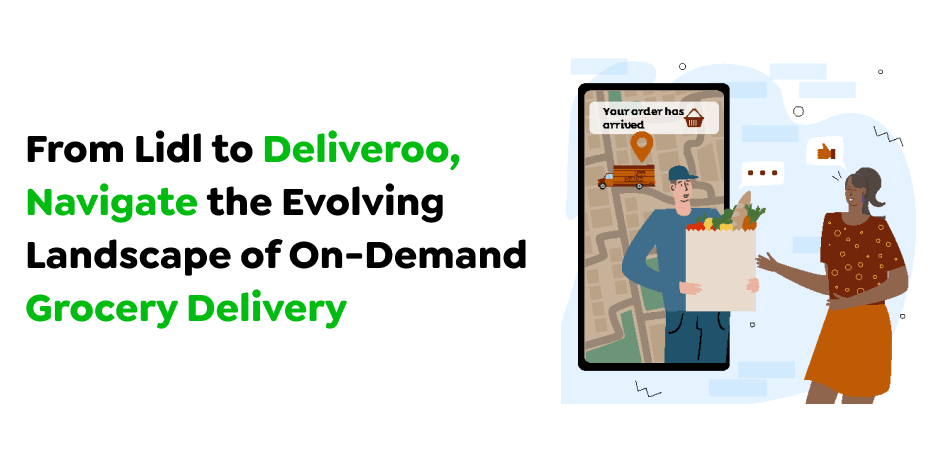
These are some of the latest expansions and the latest funding in the field of distribution of food:
Now that we’ve examined the current state of funding in the field, we can explore the fundamentals of using an on-demand app to gain access to the grocery distribution market.
Also Read : Reshaping the Shopping Landscape: Unveiling the Realm of Supermarket Grocery and Food Delivery Apps
Creating an on-demand retail delivery app like Woolworths requires integrating a variety of features that enhance user experience and operational efficiency. Let’s look at on-demand retail delivery app features in detail:
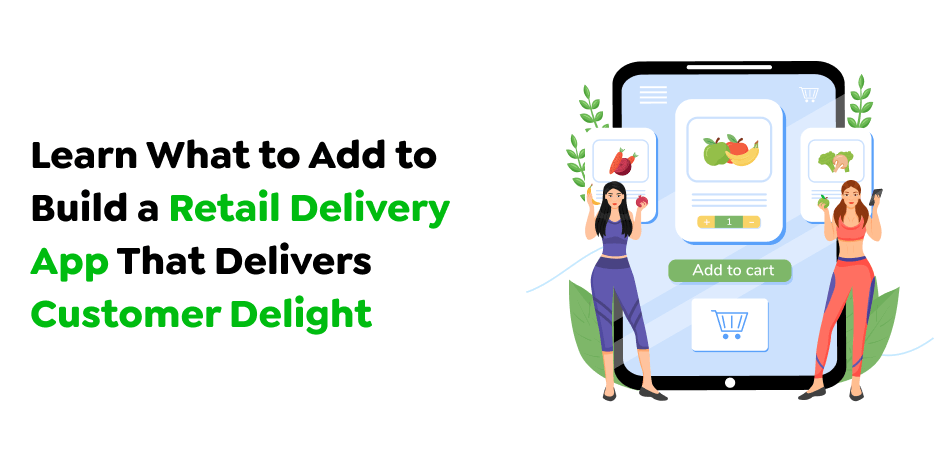
Creating a robust on-demand retail delivery app like Woolworths requires integrating features that cater to consumer needs and streamline operations for delivery agents. Let’s look at them below:
Earnings Tracker and Reporting – Drivers should be able to track their earnings, tips, and bonuses live through the app and generate reports for different time frames. This feature aids in overall financial planning and record-keeping.
Now that you have looked into multiple factors that affect the cost to build a retail delivery app like Woolworths, as well as the numerous Woolworths app features
Also Read : How Much Does a Food Delivery App Like HungerStation Cost?
Building an app comparable to Woolworths involves several steps crucial to creating an effective online platform that delivers to retail. This step-by-step guide will assist in creating a mobile app for retail delivery similar to Woolworths that will stand out from the crowd of retail delivery services.
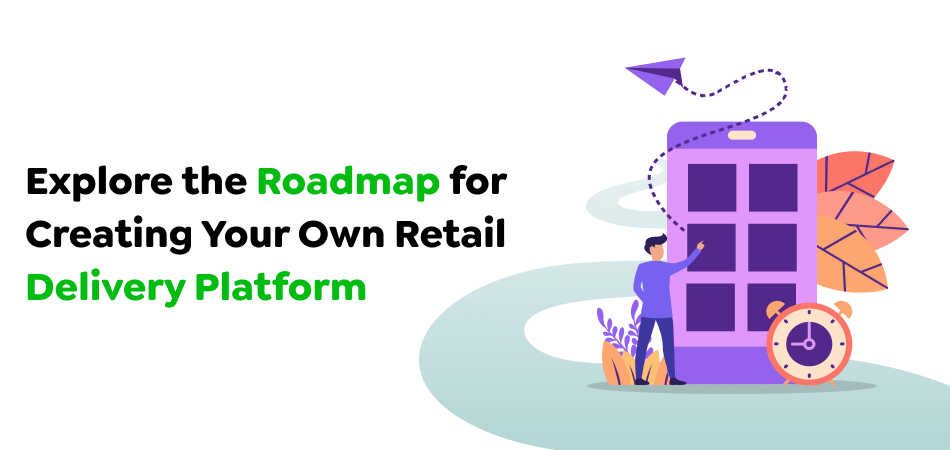
Start your on-demand delivery process by conducting a thorough market study to determine the intended target audience, their requirements, and competitors’ environments. Determine what gaps in the market your app could fill. This includes figuring out the scope of your app, setting out clear objectives, and defining the distinctive features that will distinguish it from rivals.
Choose the features your application requires, including user registration, browsing product shopping cart tracking, and customer service. Consider adding features that improve the user experience, like personalized recommendations or loyalty programs. Prioritize these features in accordance with what your clients would like and your business’s objectives.
The correct modern technology stack is crucial in creating an app that delivers to stores like Woolworths with thousands of clients. The choices you make should include programming languages, databases, and frameworks that can meet the needs of your app. Consider whether the technology can handle massive loads, have security features, and integrate into other systems.
Build a UI that is easy to use and visually appealing. An attractively designed UI/UX is crucial to keeping users entertained and ensuring they can access your application quickly. The design should be attractive, user-friendly, visually appealing, and up-to-date with recent fashions.
Also Read : How Much Will Mobile App Development Cost in 2025?
Start building the app. This includes the backend and frontend design, as well as integrating APIs and testing to ensure everything is working smoothly. Make sure your application is operating efficiently and is free from bugs.
If you’re using an on-demand delivery service, ensure that your web application complies with all applicable laws and standards regarding the security of payment information and personal data protection. Implement robust security measures to safeguard user information and secure information about transactions.
Once your app is created, tested, and approved, you can launch it in the proper environment. When the app is released, gather user feedback to improve its quality.
Continue to support the app by adding new features, fixing bugs, and improving the functionality of the existing features. Analyze feedback from users to continually improve and update the app to meet the requirements of users and technological advances.
Also Read : Developing an On-Demand Food Delivery App Like Deliveroo
Mobile apps also significantly impact the expense of developing food delivery. Many factors, however, determine the cost to develop an app like WoolWorths. These are:
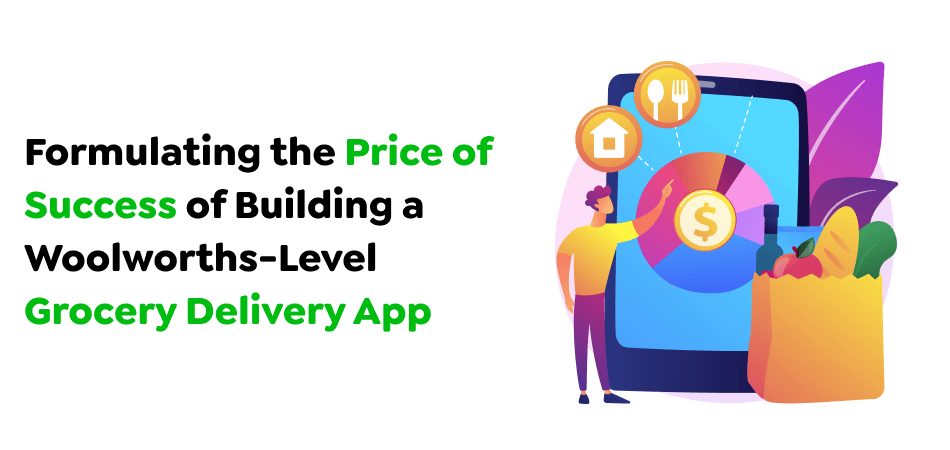
A highly regarded, experienced, and well-known ecommerce app development company like TCS, Infosys, and Wipro will certainly be more expensive than other companies in the initial development phase.
The geographical location of the company that develops is also crucial for cost. For instance, South East Asia’s development costs could range from $20-30 an hour, whereas North America could cost hundreds of dollars per hour.
Also Read : How to Hire a Full-Stack Developer in 2025: Best Platforms, Costs & Key Benefits
The company will raise its prices if you require an application within a limited time frame. A big team of developers will also be able to be more expensive.
A simple app with only necessary features, while a complete application with advanced and essential capabilities, is not a viable product. Making your MVP food supply app for Southeast Asia can cost between $15,000 and $25,000, and a full-fledged app will cost between $25,000 and $35,000. It is recommended to begin by creating an MVP in case you are new to the area and then gradually add the application’s features.
You may also read our guide to creating an app similar to Woolworths to understand better the development process and costs involved in creating one of Australia’s most popular grocery apps.
Numerous factors, such as Woolworths, influence the overall cost to develop an app like WoolWorths. These aspects can significantly impact the initial or ongoing financial commitments required to launch an application.
The more complex the application, the higher the cost of developing it for delivery to retailers like Woolworths. Features like real-time inventory management through AI and integrated loyalty programs require sophisticated programming and testing, which could add duration and cost.
A mobile app that functions smoothly across various platforms like iOS, Android, or the Web will increase the overall delivery-on-demand price of developing apps. Each operating system has its own set of needs and requirements, specifically in making sure that users enjoy a consistent experience.
A successful UI/UX design and UI is crucial to building a visually appealing and user-friendly online store such as Woolworths. This requires hiring skilled designers and conducting thorough user research, which could increase the cost of development. This investment is essential because it directly affects users’ satisfaction and retention and, ultimately, the app’s efficiency and cost throughout its lifespan.
The security of backend systems is crucial for processing data storage, security, and data processing. Investing in solid server infrastructure and flexible, secure cloud services ensures the app can handle different workloads and safeguard the data from security breaches. While these components are crucial to the app’s reliability and performance, they can also contribute to the initial cost to develop an app like WoolWorths.
Based on the design and functionality of the current software, integrating this new application with the existing inventory software, CRM, and ERP could be a difficult and costly procedure.
The maintenance cost covering bugs, updates, and introducing new features is essential to ensure the application is up-to-date and running smoothly. The price is determined by how the app was developed and the frequency at which you plan to update it. Maintaining the application ensures that it stays relevant and appealing to users. The maintenance cost to develop an app like WoolWorths will contribute to an overall improvement of the application to allow delivery to stores.
Also Read : Why is mobile app maintenance crucial for your mobile strategy?
In addition to other laws, data protection, and payment processing regulations are vital and could add to the total price of creating an app that delivers retail goods like Woolworths. If you are building an app similar to Woolworths and similar service delivery, businesses must adhere to these Australian Privacy Principles (APPs) outlined within the Privacy Act 1988, which governs how personal information must be handled and protected.
The location of your app developers will significantly impact your retail-on-demand app development cost. For instance, developers who work in places like the UK or Australia generally charge higher per hour than those in Asia. If companies seek to create robust applications efficiently but still adhere to the standards of quality and consistency, it’s possible to consider outsourcing the development process to a specialist business in Australia. They will offer professional services and ensure the application complies with all laws’ requirements.
The sustainability and the profitability of your business are the most essential elements in monetizing your on-demand delivery app. Here are a few of the most reliable and admired ways to make money via on-demand delivery applications.
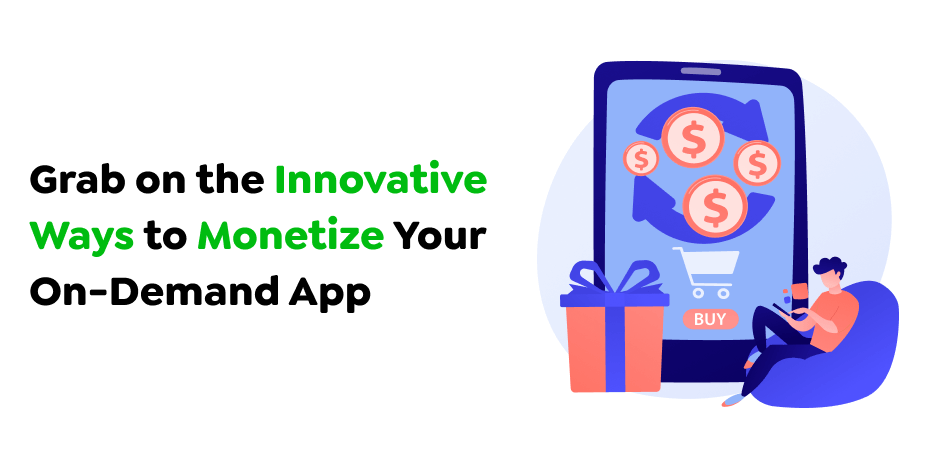
The delivery fee is the most fundamental payment method through an on-demand application. Every order is subject to a delivery service fee, either a fixed amount or a variable percentage. The delivery cost depends on the item’s price, the delivery distance, packaging, and other specifics.
A subscription-based model has been a successful model for these on-demand apps. It is a reliable source of revenue regardless of the field it is. These models use built-in SaaS systems for grocery and food services. Simple methods can boost the productivity of a business due to their rapid service and no difficulty.
Also Read : Feast Your Eyes: How AI is Revolutionizing Food Delivery
If people appreciate your app for delivery on demand, it can give you an edge over other shops or eateries. This is why the best players could use this app to deliver their goods. The app could generate profits and long-term relationships with merchants who pay commissions. Merchants will be paid a specific amount or percentage for each order the app sends to their clients.
There’s a huge opportunity to earn revenue from high-volume delivery on-demand applications. The delivery cost can be increased during celebrations, high-traffic hours, or distance. However, you must be specific in your pricing, as customers should only pay a small amount for a product or service simply for delivery.
Another way to earn money is to sell the APIs of these apps. Connect with stores, marketplaces, and restaurants, offering them an API delivery platform. These marketplaces then implement your on-delivery service on their websites or apps so customers can pick your platform for delivery, and your app can profit from it.
Advertisements are the standard method of making money and marketing products and services using delivery services on demand. Businesses advertise their unique items and services via banners or advertisements. However, it is also important to ensure that advertisements are selected with care to maintain the brand’s image and to market and prevent negative perceptions.
A premium-quality model within an app that is on demand is the most efficient way to earn revenue. Include additional features and functions at extra costs and earn money through the app’s additional services. Pay for features like prioritizing customer and service orders and allowing unique sales access. This model gives customers customized packaging, special packaging, and more.
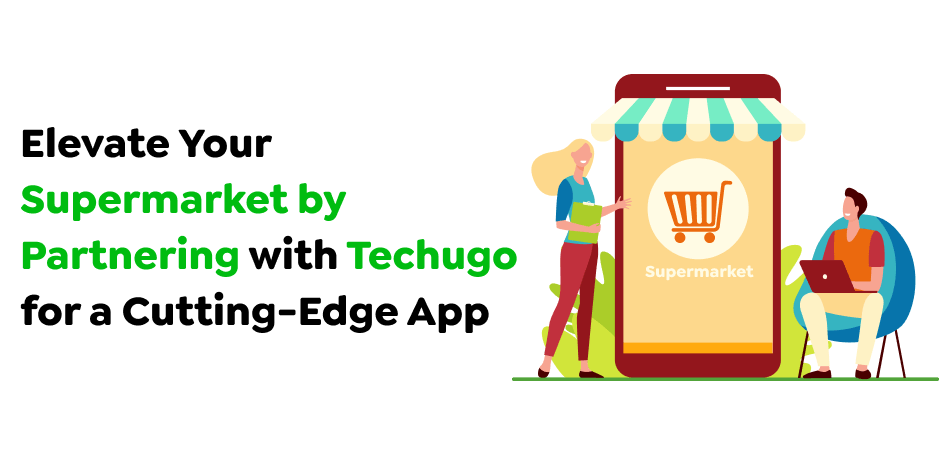
Locating an experienced mobile app development company in Australia to create your app is essential. Supermarket apps such as Woolworths are becoming increasingly popular, and more young consumers are using these apps instead of traditional supermarket shopping. To distinguish yourself from your competition, it’s essential to choose an app development company with years of experience to develop the best app for you and understand your goals.
Techugo would be an ideal partner for developing your supermarket app. With a proven track record of success in building innovative mobile apps, Techugo has the expertise and experience to create a cutting-edge solution that stands out in the competitive market. Their team of skilled developers and designers can help you bring your vision to life and deliver an app that exceeds your expectations.
Get in touch with Techugo’s experts today!
Write Us
sales@techugo.comOr fill this form